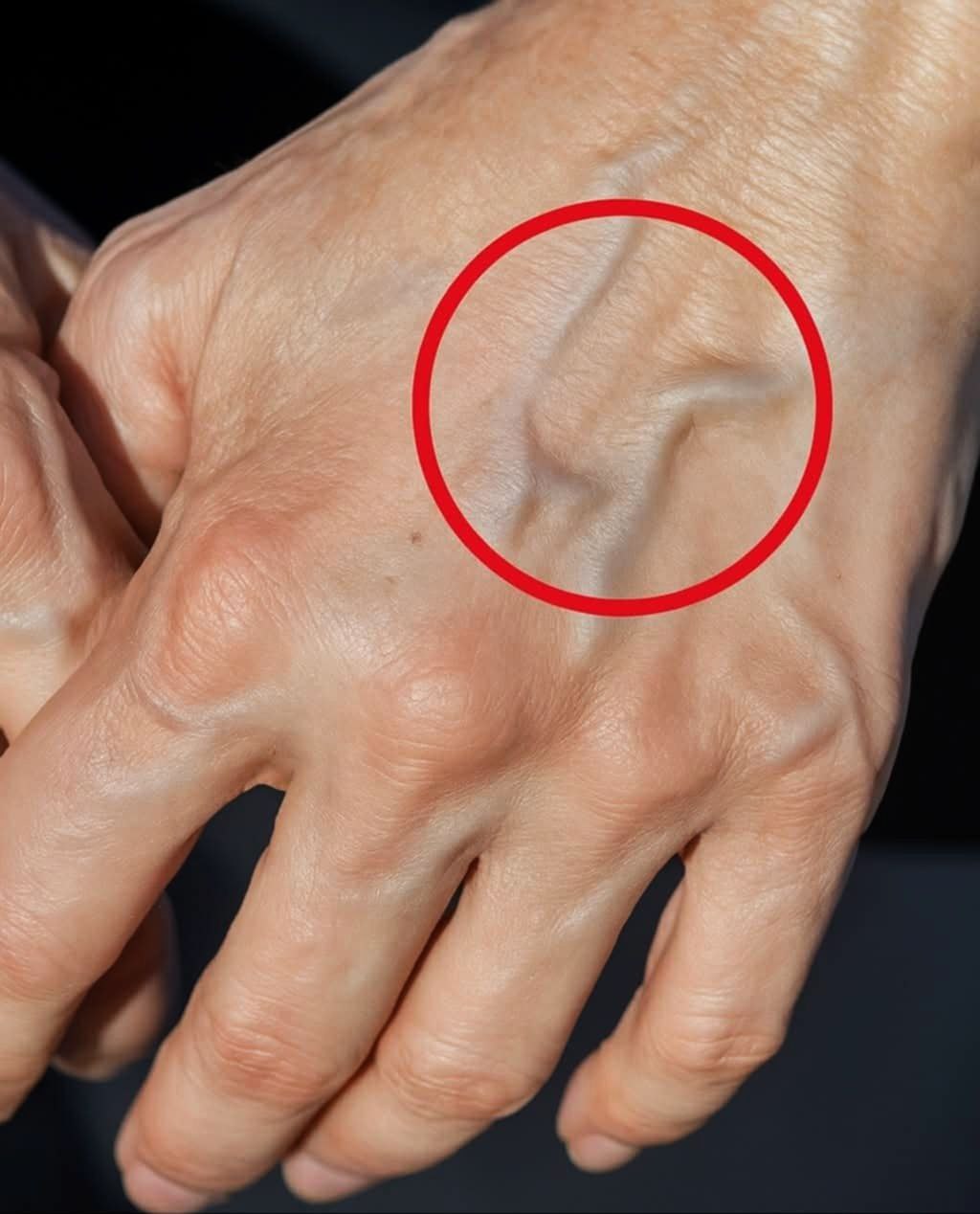If you have visible veins, it means that… see more

When to be concerned about suddenly visible veins
Vein care products for those who are concerned
Understand the symptoms, causes, and when to see a doctor
You looked in the mirror and suddenly noticed new, prominent veins on your hands, arms, chest, or legs? For many people, this can be alarming — especially if they haven’t seen them before. But don’t panic right away.
In most cases, visible veins are completely normal and linked to harmless changes in the body. However, sometimes they can be a sign of a more serious health issue. Here’s how to tell the difference.
🧬 Why do veins suddenly become more visible?
Veins may become more noticeable due to various everyday factors. Most are harmless, but it’s good to be aware of them:
-
Low body fat
If you’ve lost weight recently, especially fat tissue, there’s less tissue between the skin and veins, making the veins more visible. This is common in athletes or people who have been dieting. -
Exercise and strength training
Regular physical activity increases blood flow, causing temporary vein enlargement. Over time, increased muscle mass pushes veins closer to the skin’s surface, creating the prominent “vascular” look seen in bodybuilders and runners. -
Hot weather
High temperatures cause blood vessels to expand — the body’s way of cooling down. This makes veins more noticeable, especially on the arms and legs. -
Aging
As we age, the skin naturally becomes thinner and loses elasticity, making veins more likely to show — especially on the backs of the hands and forearms. -
Hormonal changes
Pregnancy, menopause, or hormone replacement therapy can affect how blood vessels function. You might notice more visible veins in new areas like the chest, abdomen, or legs.

⚠️ When suddenly visible veins should cause concern
Sometimes, the sudden appearance of visible veins can be a warning sign. Pay attention to the following symptoms:
Vein care products for those who are concerned
-
No obvious reason
If veins have become visible without physical effort, weight loss, or exposure to heat, it may indicate circulation or blood flow problems. In such cases, consult a doctor. -
Pain, swelling, or redness
Veins that are visible and also painful, swollen, or warm to the touch could indicate:-
Thrombophlebitis (vein inflammation)
-
Superficial thrombophlebitis
-
Deep vein thrombosis (DVT) — a serious, potentially life-threatening condition requiring immediate medical attention
-
-
Hard or rope-like veins
Veins should be soft and compressible. If you feel a hard, cord-like vein under the skin, especially in the legs, it may indicate a clot or vein inflammation. -
Skin changes around veins
Look out for:-
Skin discoloration (brown, blue, or red patches)
-
Ulcers or wounds near the vein
-
Itching, dryness, or skin thickening
-
These may be signs of chronic venous insufficiency or other long-term circulation problems.
🩺 What to do if you’re concerned
If changes in the appearance of your veins are sudden, painful, or unexplained, it’s important to consult a doctor. They may recommend:
-
Vein care products for those who are concerned
-
Doppler ultrasound to assess blood flow
-
Blood tests to detect clotting disorders
-
Consultation with a vascular specialist or dermatologist
For most people — especially those who exercise, are exposed to heat, or are naturally aging — visible veins are a normal phenomenon and not a cause for concern.
✅ When it’s likely nothing serious
There’s probably no need to worry if:
-
The veins are not painful
-
They appeared after physical activity or weight loss
-
They fade or disappear after cooling down or at rest
-
There are no skin changes, redness, or swelling
💡 In conclusion
Although visible veins are often normal, especially with age or increased physical activity, it’s important to trust your instincts. If something looks or feels off — especially if there is pain, color change, or swelling — don’t hesitate to seek medical advice.